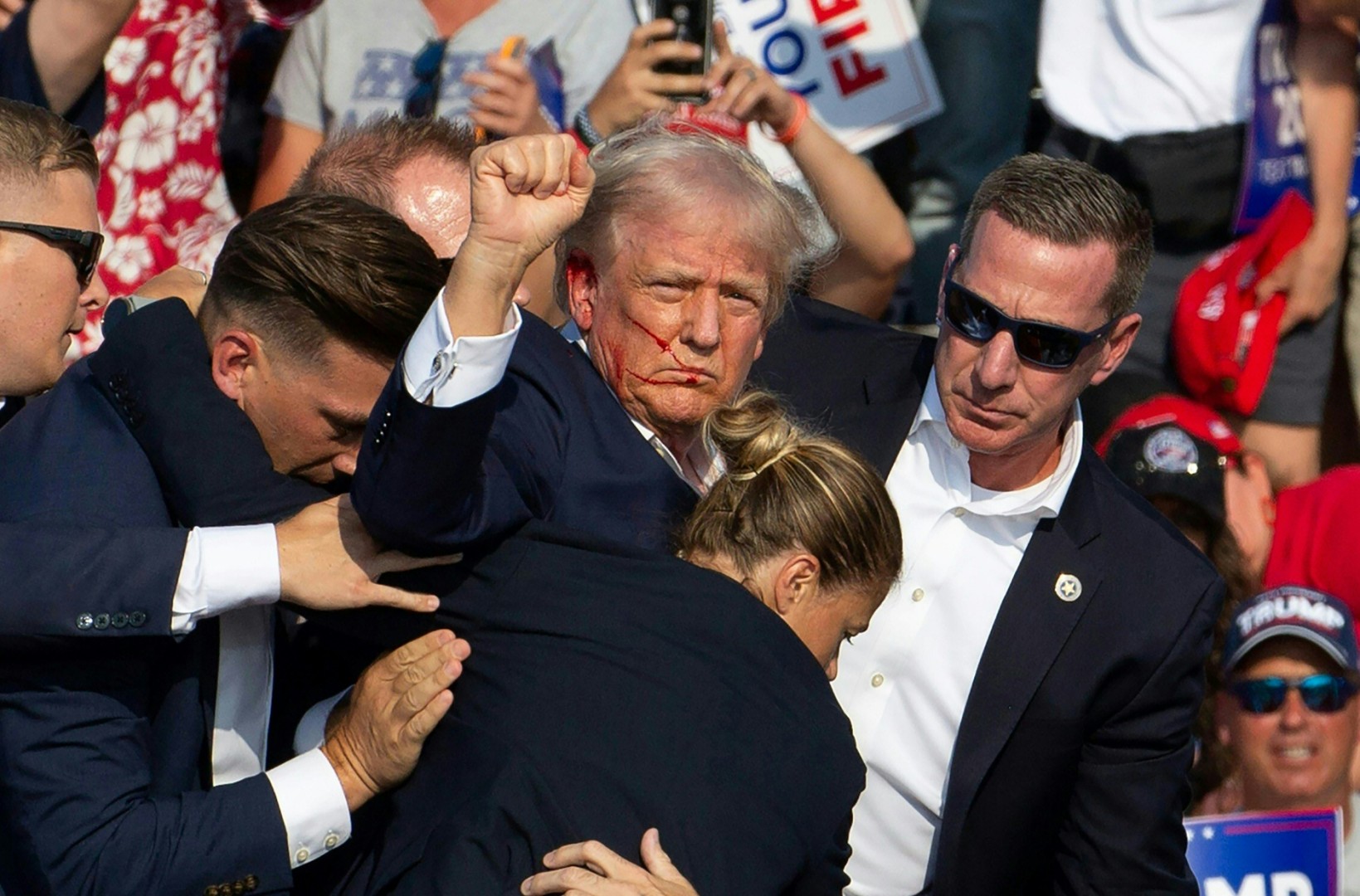Fake news, characterized by the deliberate dissemination of false information disguised as fact, has profoundly altered how we consume and distribute information, largely due to the rise of social media. While social platforms have democratized content creation, they have also accelerated the spread of fake news, often surpassing real news and challenging truth and accuracy.
Understanding How Fake News Spreads The mechanics of fake news propagation on social media underscore a human inclination towards sensationalism. Studies also suggest that fake news stories are shared 70% more than genuine news, highlight this trend. This inclination isn’t solely due to technological manipulation but reflects humanity’s fascination with the extraordinary. Social media platforms exacerbate this by prioritizing engaging content, ensuring that fake news gains traction and permeates public consciousness.
The Role of “Super Spreaders” “Super spreaders,” accounts that amplify fake news, play a pivotal role in its dissemination. While they may not create misleading content, their actions exponentially increase its reach. Rectifying misconceptions becomes challenging once widely disseminated, as first impressions tend to stick, especially when reinforced by thousands.
Political Polarization’s Impact Political polarization significantly exacerbates fake news dissemination. Research shows that individuals at ideological extremes share a significant portion of fake news, fostering an environment ripe for misinformation. Polarization not only increases the likelihood of sharing fake news but also reinforces beliefs, deepening societal divisions.
The Urgency to Combat Fake News Addressing fake news goes beyond public discourse. It’s vital for maintaining an informed society capable of making decisions based on accurate information. While social media platforms have clear responsibilities in mitigating misinformation, enforcing counteractive policies remains challenging. Efforts like Facebook and YouTube rejecting ads discouraging COVID-19 vaccination are steps forward, contingent on rigorous implementation.
The Power of Individual Responsibility Fighting fake news isn’t solely on social media companies. It requires active participation from information consumers. Critical evaluation of news, questioning biases, and seeking credible sources are essential in curbing misinformation. By promoting media literacy and exercising discernment, individuals can contribute to a more informed and less polarized public discourse.
In conclusion, the analogy of a school rumor encapsulates the fake news dilemma, thriving on sensationalism, leveraging social media dynamics, and exploiting political polarization. Addressing this challenge demands a multifaceted approach, involving platform accountability, policy intervention, and individual action. As we navigate the digital information landscape, discerning truth from falsehood remains vital for the health of our societies.






Hello would you mind letting me know which webhost you’re using? I’ve loaded your blog in 3 completely different internet browsers and I must say this blog loads a lot quicker then most. Can you suggest a good web hosting provider at a reasonable price? Thanks, I appreciate it!
contact echomanyindia.com for all your questions and consultation!